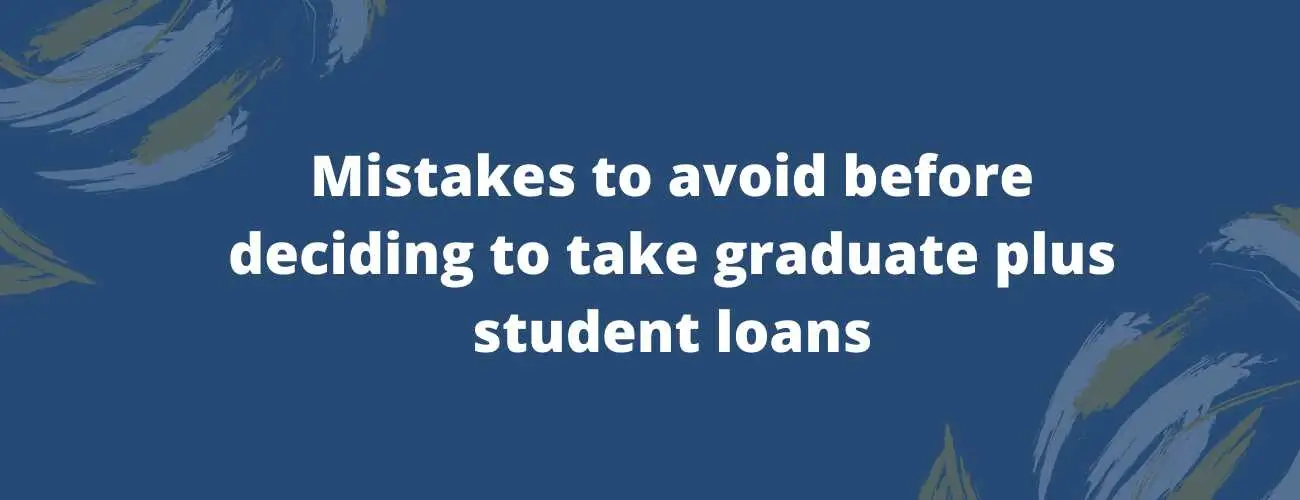What is a Grad PLUS Loan?
Here is all you need to know about Grad PLUS Loans, their benefits, repayment options available for them, and the common mistakes to avoid when choosing them.
Updated by Heibha Passah on 28th July 2020
A Direct PLUS (Parent Loan for Undergraduate Students) Loan is a federal student loan that allows both the students (graduate or professional) or parents to use it for paying education-related expenses like tuition, fees, room and board, and any other fees charged by the school which is not covered by financial aid.
Direct PLUS has two types - Parent PLUS and Grad PLUS loan. When a Direct PLUS loan is acquired by a graduate or professional, then it is known as a Grad or Graduate PLUS Loan. Below are the features of the loan which will help you decide whether they're meant for you.
Table of contents
- Grad PLUS Loan Overview
- Eligibility criteria
- Interest rates, fees, and loan limits
- Benefits and application process
- Repayment options
- Forgiveness, Discharge and other options
- Mistakes to avoid
What is a Grad PLUS Loan?
A Grad PLUS Loan is acquired by students to fund their graduate or professional education program. The interest rate of the loan is fixed at 7.6% has and an adjustable loan limit with no aggregate limit.
If you’ve used your loan amount towards all the educational expenses and still there is extra amount remaining, then you can use it for other education-related expenses, or if you do not need the extra money and you haven’t disbursed it, you can opt for canceling it in less than 120 days without any interest or penalties.
The lender of this loan is the US Department of Education.
You should not have an 'adverse credit history' to qualify for this loan. Your credit report will be cross-checked for this. But in case you do not meet this criterion, there are other requirements that you need to meet to qualify for it
The loan limit is calculated as the difference between the cost incurred for enrolling into a graduate program and any other financial aid you received.
Benefits of Grad PLUS Loan
-
A fixed interest rate
-
If you are attending an accredited graduate or professional college at least half-time, then you can qualify for deferment
-
You do not need a co-signer
-
You have the option of choosing from a number of repayment plans which includes the income-based plan also
-
The interest rate might be deductible from tax.
How to apply for a Grad PLUS Loan?
To apply for a Grad PLUS Loan, you need your FAFSA (Free Application for Federal Student Aid) to be filed or get it renewed in case of returning students. You’ll get your FSA ID to sign your FAFSA which is used to apply for the loan.
Schools usually require you to apply for the loan through the Federal government website, although some of them might have their own application process so make sure to contact your school’s financial aid office.
Eligibility criteria for Grad PLUS Loan
The following are the criteria you have to meet to be eligible for acquiring Grad PLUS loans.
1. Enrolled in a graduate or professional program - You should be attending a graduate or professional program at an eligible school for at least half-time. Some common examples of graduate or professional programs include the following.
(a) Masters - M.A., M.S.
(b) Doctorate - Ph.D., Ed.D.
(c) Business - M.B.A.
(d) Law - LL.M., J.D., S.J.D.
(e) Medical - M.D., D.O.
(f) Dental - D.M.D., D.D.S.
(g) Nursing - M.S.N., D.N.P.
(h) Veterinary Medicine - D.V.M.
2. Credit requirements - You should not have an 'adverse credit history' and if you do, you need an endorser/co-signer who doesn’t have an adverse credit history, to be eligible for the loan.
You can also provide the documents of proof as per the satisfaction of the US Department of Education, as to why you have an adverse credit history.
Even with both of the options, completion of the credit counseling for PLUS loan borrowers on the federal government’s website is required.
What causes you to have an adverse credit history?
-
You have current delinquent loans of more than 90 days with more than $2085 in total debt.
-
You have more than $2085 in total debt in collections for the past two years before the date the credit report was prepared; or
-
Before the date the credit report was prepared, you were charged with loan default, foreclosure, bankruptcy discharge, repossession, tax lien, wage garnishment, or write-off of federal student loan debt in the previous 5 years.
3. You have to meet the basic requirements of federal student aid
If the eligibility criteria are met with, you will have to sign a Direct PLUS Loan Master Promissory Note (MPN) to show that you agreed to the terms of the loan. You need to complete entrance counseling if this is your first time receiving a PLUS loan.
The eligibility does not depend upon the following.
-
The demonstration of your financial need
-
The level of income
-
Your debt-to-income ratios
-
Your credit scores (FICO score)
Interest rates, fees, and loan limits on Grad PLUS Loan
Grad PLUS loans have a fixed interest rate and do not change until the end of the repayment term. The interest rate for the year 2018-19 is 7.56%. It is revised once a year on 1st July. The rate is determined based on the 10-year Treasury Note plus a fixed margin.
Grad PLUS Loans are also subjected to origination fees of 4.248% for loans disbursed on or after 1st Oct 2018 and before 1st Oct 2019.
A deduction of the origination fee is done from your loan amount before sending it directly to your school.
Loan Limits
The loan limit for a Grad PLUS student loan is calculated by taking the total Cost of Attendance (COA) less any other financial aid received. There is no cumulative loan limit.
The costs that make up the cost of attendance include tuition and fees, room and board, books, supplies, equipment, transportation, and miscellaneous personal expenses.
For example - The cost of attendance amounts up to $80,000 and the financial aid received is $30,000. Hence, the loan limit will be-
$80,000 - $30,000 = $50,000.
Benefits and application process for Grad Plus loans
The benefits of Grad plus loans are as follows :
-
Fixed interest rates are provided in Grad plus student loans.
-
A cosigner is not required for Grad Plus loans.
-
Unlike parent plus loans, grad plus loans have multiple repayment options.
-
A tax deduction can be processed on interest paid on these loans.
-
Deferment of loans is possible once enrolled in a professional school.
Few eligibility criteria are to be fulfilled before you apply for grad plus student loans.
-
Must have good credit scores.
-
Display financial needs.
-
No previous default, delinquencies, and bankruptcies.
Once your clear these conditions:
You can log in to StudentAid.gov and fill the FAFSA form to submit. Once done, you can also seek help from the aid office at your college for more details. To login to your FAFSA, login if your FSA ID and apply for Grad PLUS Loan.
Grad PLUS Loan Repayment Options
The repayment of your loans will start after 6 months from the date of graduation, leaving school or dropping below half-time from the date of enrolling. During these 6 months, the interest will continue to accrue on the loan. This interest can be paid as it accrues (which is a better option) or you can let it capitalize till the time of repayment.
Usually, the repayment period for a Grad PLUS loan is 10 years. But, have the option to extend the repayment period by consolidating your loans or if you have $30000 or more of federal loans with a single lender.
As compared to Parent PLUS Loans, nearly all the repayment plan options provided by the US Department of Education can be enrolled for by the Grad PLUS loan borrowers. The following are the eligible repayment plans-
-
Standard Repayment Plan
-
Graduated Repayment Plan
-
Extended Repayment Plan
-
Income-Contingent Repayment Plan (ICR)
-
Income-Based Repayment Plan (IBR)
-
Pay-As-You-Earn (PAYE) Repayment Plan
-
Revised Pay-as-you-earn Repayment Plan
Other options if you are struggling to payment
If you facing financial problems and are not in a position to make payments on your Grad PLUS Loan, you can go for the following options-
1. Request for a different repayment plan - If you feel like you can’t afford to make payments through the plan you’re currently on, you can request to change it to another plan which might suit the situation you’re currently in. The income-based repayment plan allows you to make payments based on your income, while the extended repayment plan will allow you to extend the repayment term and make smaller amounts of the monthly payment.
2. Postpone your payments - You can choose to postpone your payments and pay them in the later date by applying for deferment or forbearance.
Deferment - It allows you to temporarily stop making payments.
You can qualify for a deferment if you are -
-
Attending school
-
Facing economic hardship
-
Accepted to join an approved graduate fellowship program
-
Serving the Peace Corps
-
Unemployed
-
Military deployment
Forbearance - This allows you to temporarily reduce or stop making payments. There are two types of forbearance - General and Mandatory.
You can qualify for a general forbearance if you are-
-
Facing financial difficulties
-
Changing jobs
-
Having medical expenses
-
Any other reason acceptable by the loan servicer
You can qualify for a mandatory forbearance if you are-
-
Pursuing a medical, dental or residency program.
-
The total amount of student debt owed is 20% more than your total monthly gross income.
-
Serving in the AmeriCorps and receiving a national service award.
-
Qualifying for partial repayment of your loans under the U.S. Department of Defense Student Loan Repayment Program.
-
Member of National Guard and was not qualified for a military deferment.
-
You are a teacher qualifying for teacher loan forgiveness.
Interest generally accrues during the deferment or forbearance period and you are responsible for making payments for it.
Looking for low-interest loans? Best Federal student loans may be your option
Forgiveness, Discharge, and other options
The following are some of the Loan Forgiveness or discharge programs available on your Grad PLUS loans -
1. Public Service Loan Forgiveness (PSLF) - You can qualify for PSLF if you meet the following requirements.
-
A full-time employee in any qualified federal, state, or local government agency or certain types of non-profit organizations
-
Making repayments through the income-driven repayment plan
-
Completed 120 timely loan payments
2. Student loan discharge on rare cases - Loan discharge will free you from your debt and even get your loans canceled completely. The following are the situations that can qualify you for loan discharge.
-
Your school was closed before the completion of your program
-
Bankruptcy (rarely qualifies for discharge)
-
You are totally or permanently disabled
-
You receive a false certification for being eligible for the loan or unauthorized payment
-
Your identity was stolen and was used by some other person to acquire the loan
-
Unpaid refund discharge
-
Your school gave your signature on the loan application without your consent
-
Borrower passed away.
Mistakes to avoid
Graduation and Professional Programs tend to be very costly and you need to be very careful about the loan you are acquiring to fund the education. Grad PLUS Loans are very costly and, if you are not careful could get you in heaps amount of debt by the time you graduate.
The following are some of the mistakes commonly made by borrowers taking Grad PLUS Loans-
1. Not considering cheaper options - As discussed above, Grad PLUS Loans have a high-interest rate and origination fee. As compared to Grad PLUS Loans, other federal loans like Direct Unsubsidized loans have a lower interest rate and origination fee.
Let us compare the two loans.
| Grad PLUS Loans | Direct Unsubsidized Loans |
| It can be used by graduate or professional students. | It can be used by undergraduates and graduates. |
| 7.6% fixed interest rate. | 6.6% fixed interest rate. |
| The origination fee is charged at 4.248%. | The origination fee is charged at 1.062%. |
| The loan limit is $20500 per annum. | The loan limit is the cost of attendance less any financial aid received. |
| The eligibility is based on your credit | The eligibility is not based on your credit |
2. Going for private student loans - When comparing the interest rates of private student loans with Grad PLUS Loans, we can see that the interest rates, especially the variable rate loans are comparatively lower. But, you should be very careful with variable rate loans as even though the rates might be lower now, they might tend to increase at a higher rate in the later period.
Also, going for private loans means giving up on the benefits provided by federal loans like forgiveness programs, income-driven repayment plans, deferment and forbearance options, and more.
3. Borrowing too much - Students usually make a mistake of borrowing too much to cover the full cost of attendance without thinking if they actually need it or not. If you think that there are expenses that you can cut down, then make sure to borrow less than the amount that is offered to you.
The extra amount, if left in your bank account might get you tempted. You can borrow the remaining amount later on if you feel like you need more funds.
4. Deferring interest payments - In addition to the interest rate being high on Grad PLUS Loans, it also accrues while the student is still enrolled in school. Instead of paying the interest as it accrues, you might defer it till the repayment period.
This interest capitalizes, which means that it is added to the principal amount at the time the repayment period starts. It will lead to the loan amount becoming more costlier.
| Minumum Credit Score | Apply in as little as | Variable APR | Fixed APR | ||
|---|---|---|---|---|---|
 | Not Available | 15 minutes or less | 2.95 | 4.74 | View disclosures |
 | 620 | 2 minutes | 5.38%-16.99%1 | 4.43%-16.99%1 | View disclosures |
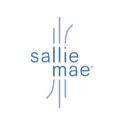 | Not Available | 15 minutes | 1.13% - 11.23%¹ (with autopay) | 3.50% - 12.60%¹ (with autopay) | View disclosures |

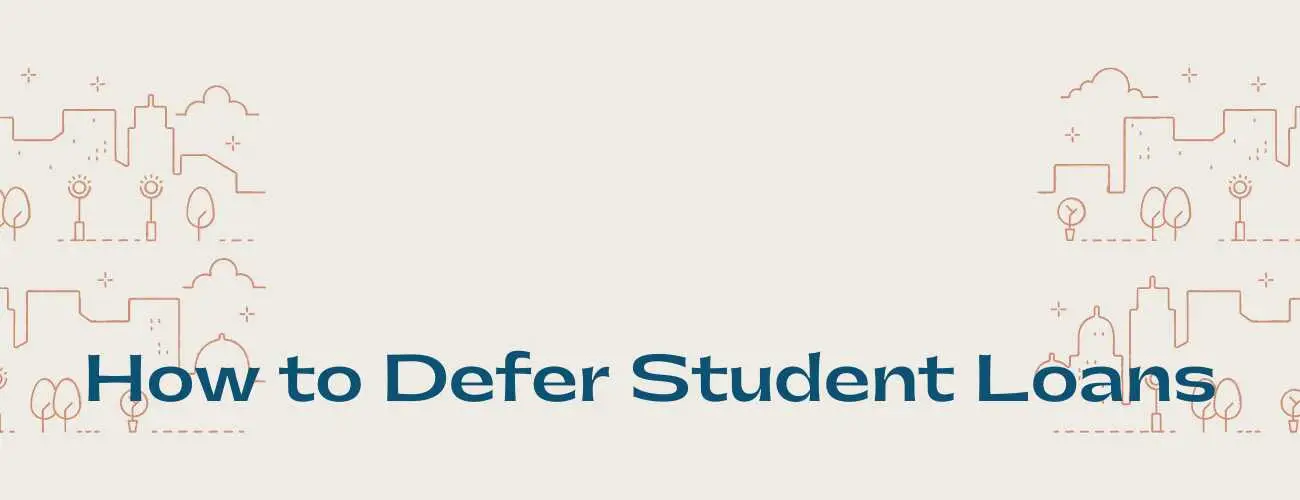
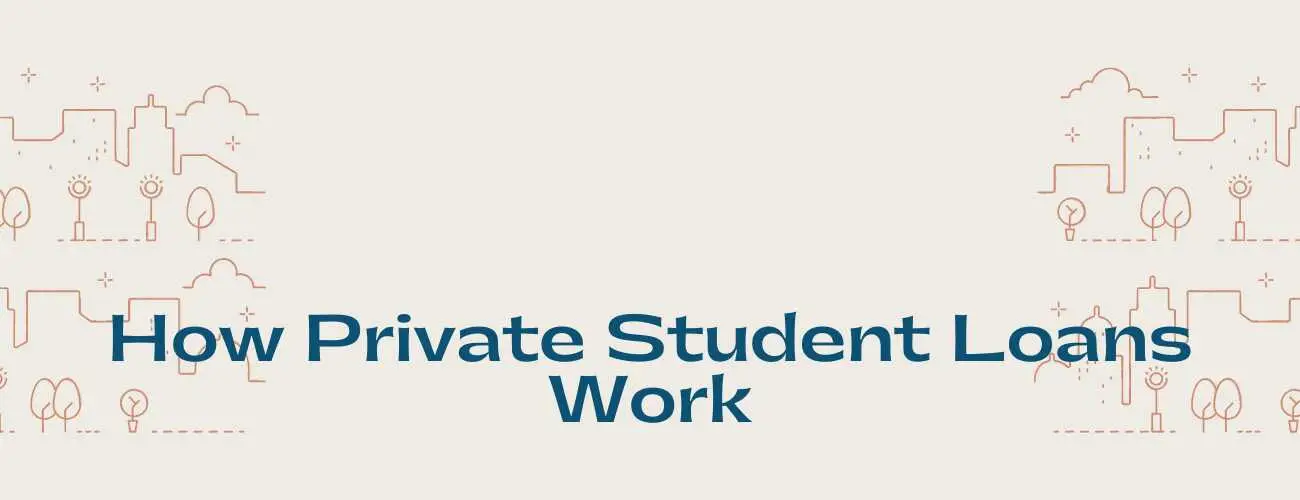
93.jpg)
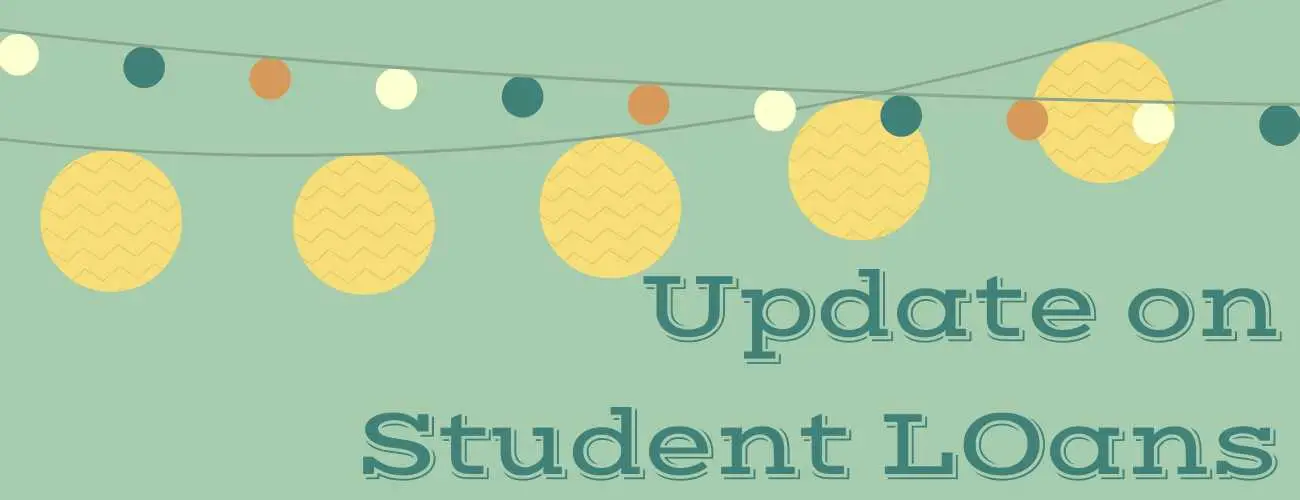

28.jpg)
